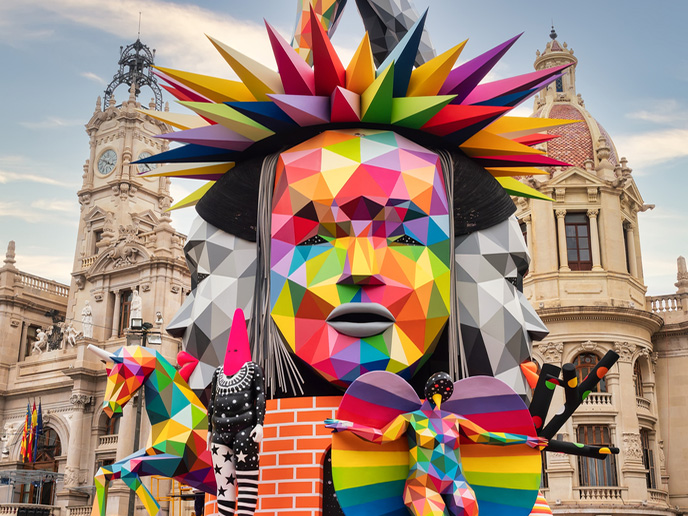Sizing up culture and measuring its societal impact
Culture plays a big role not only in European society, but also in its economy and international relations. To ensure Europe fully leverages its unique cultural advantage, the EU and its Member States have implemented a range of policies and practices such as the New European Agenda for Culture. But how can we measure the impact such policies and practices have? That’s the question asked – and answered – by the EU-funded MESOC (Measuring the Social Dimension of Culture) project. “MESOC aims to propose, test and validate an innovative, original approach to measuring the societal value and impact of culture and cultural policies and practices,” explains Pau Rausell, a professor in the Department of the Economics of Culture at the University of Valencia, who serves as the MESOC project coordinator.
Thinking back to act forward
The project set out to capture the societal impact of culture with a focus on health and well-being, urban and territorial renovation, and citizen engagement. “These three elements, taken individually, influence each other and involve very important aspects of public policy, such as research, education and planning,” adds Rausell. “However, taken together, they form a coherent picture of the way culture carries its societal impacts, creating value for individuals and communities.” While the value culture brings to society is qualitatively known, and to some extent predictable for policy innovators, Rausell notes that it is very hard to measure quantitatively. “We’re exploring ways of using standardisable quantitative tools to capture the social impact of culture, and we’re doing so using the Theory of Change framework,” he says. The Theory of Change looks to describe how and why a desired change will likely happen within a particular context. It does this by identifying the desired long-term goals and then works backwards to identify all the conditions that must be in place for the goals to occur. “In the context of culture’s impact, the Theory of Change is used to fill in the gap between what a policy does and how these actions lead to achieving the desired goals,” notes Rausell.
Bridging the gap between theory and practice
It is in the filling of this gap that MESOC comes into the picture. Although still a work in progress, the project is building the replicable, standardised tools and methods needed to better understand the impact and effectiveness of a given policy or action. For example, researchers are working on a consolidated convergent conceptual model that could explain the causal lines between cultural programmes, policies, and societal impacts. Other key outcomes include a web/mobile application for evaluating the emotional and rational reaction of individuals after their participation in cultural events, an online database of academic papers and other literature relating to the societal impact of culture, a geo-referenced text mining application, and a tailored search engine. “These technological tools are very valuable and innovative in their ability to help us better understand the societal impact that culture and cultural experiences have,” remarks Rausell. They’re also having a direct impact on the cultural landscape of several cities, including Valencia and Jerez. “Both cities have already benefited from using the MESOC tools as a means of facilitating more effective and impactful cultural planning,” concludes Rausell.
Keywords
MESOC, culture, cultural policies, cultural planning, New European Agenda for Culture, quantitative tools, Theory of Change, social innovation







